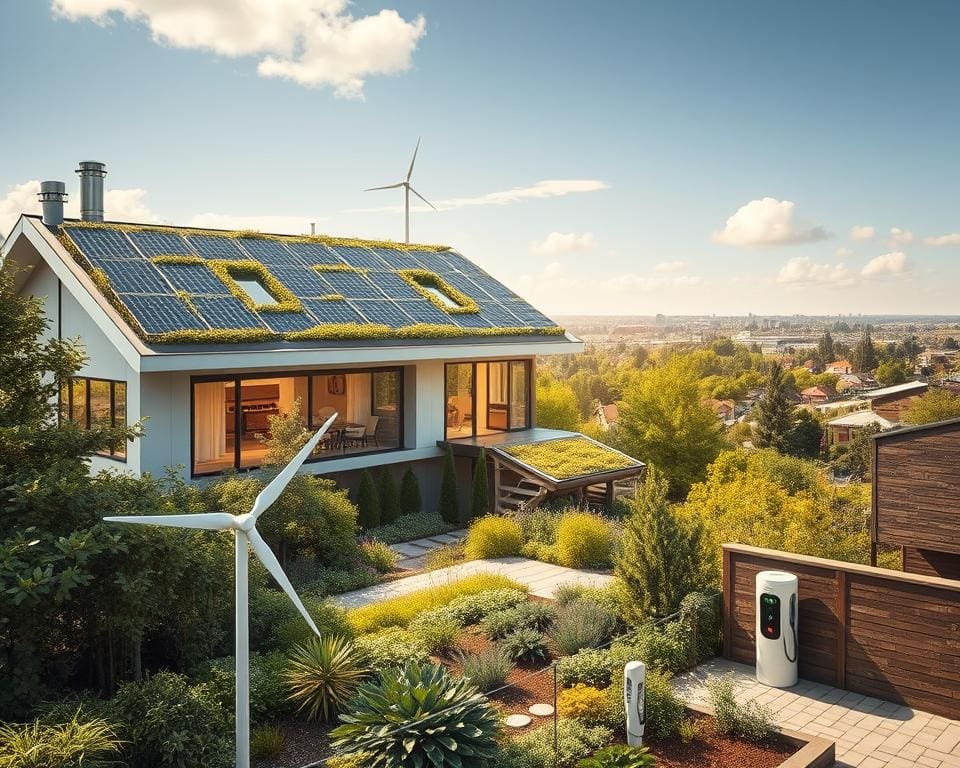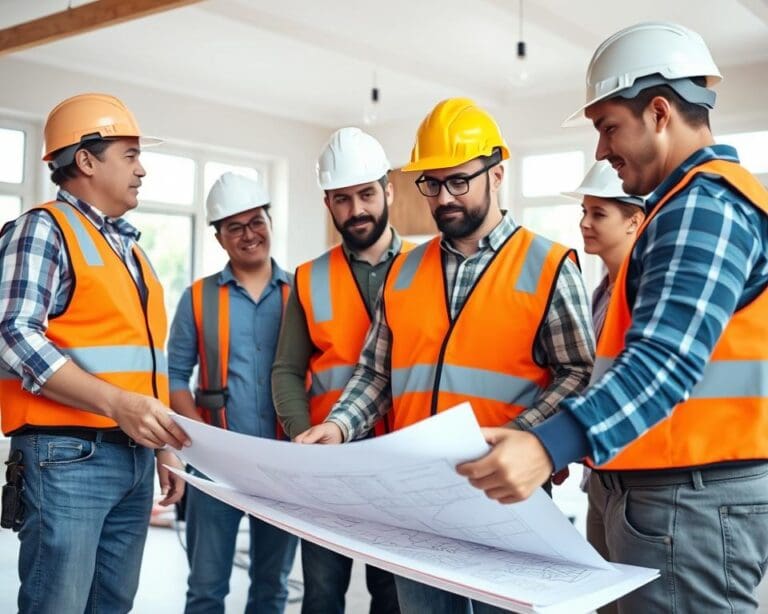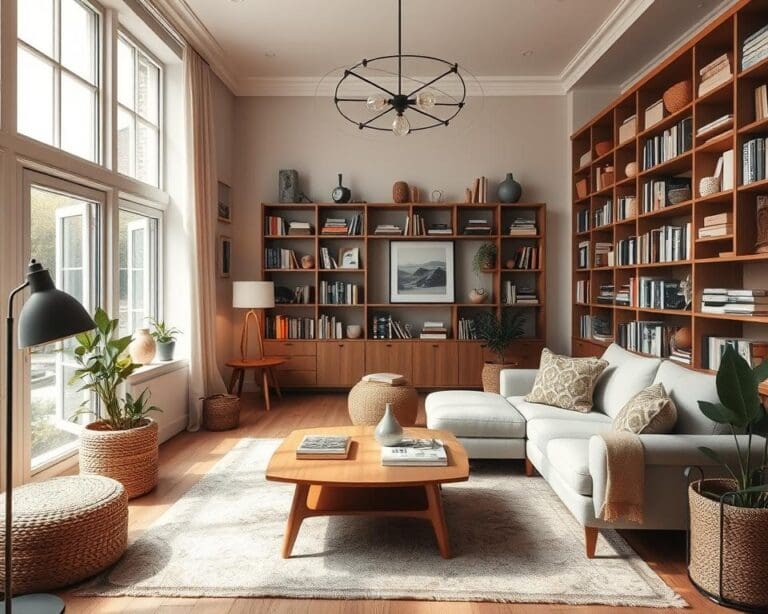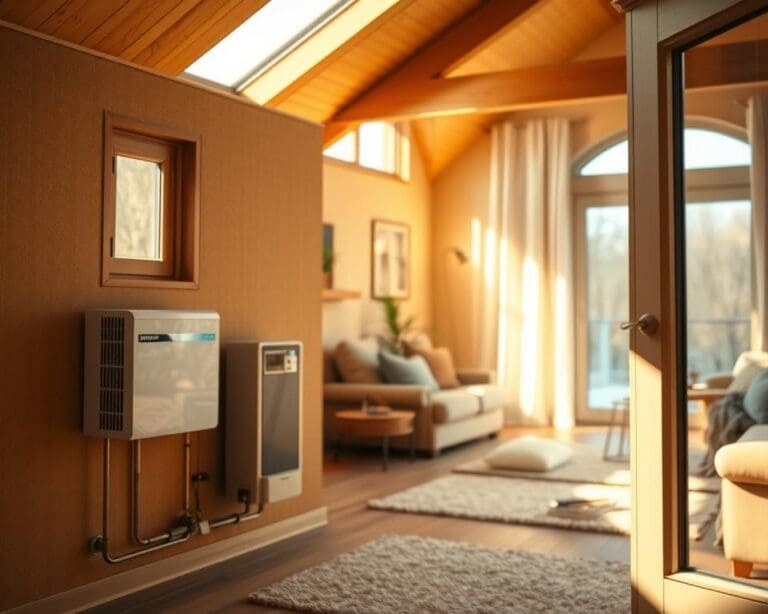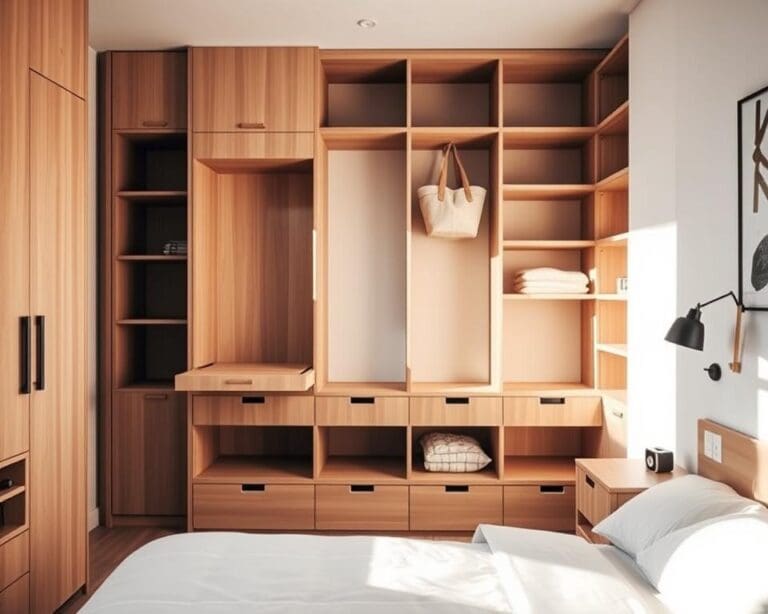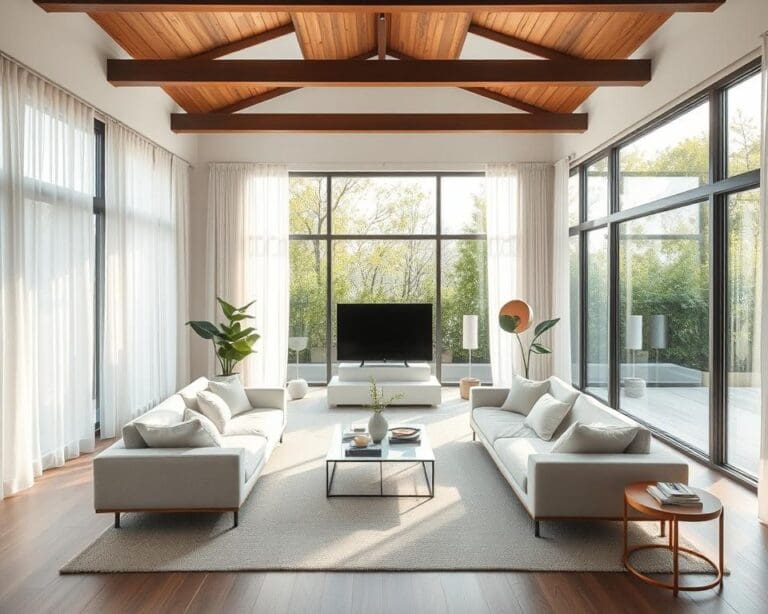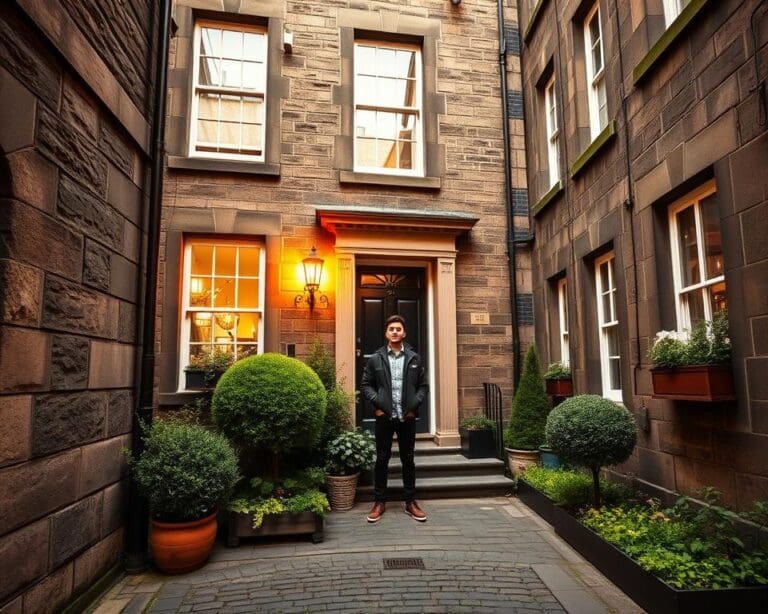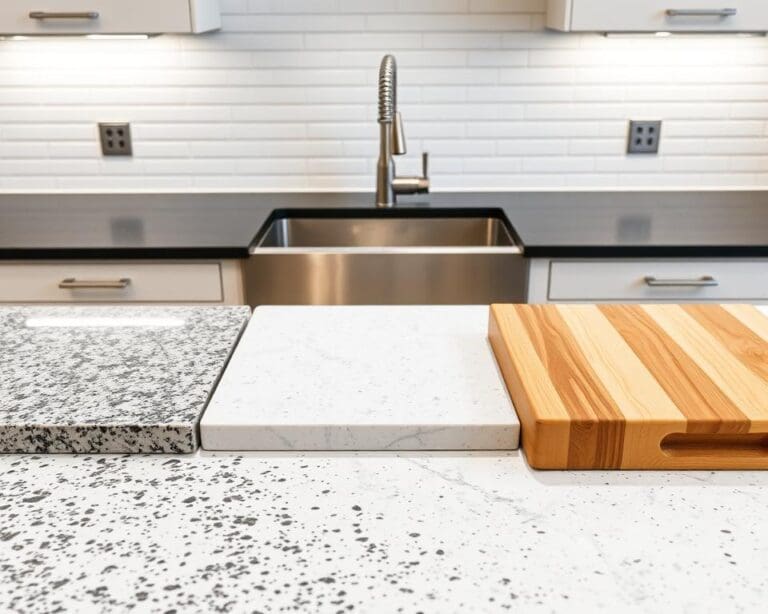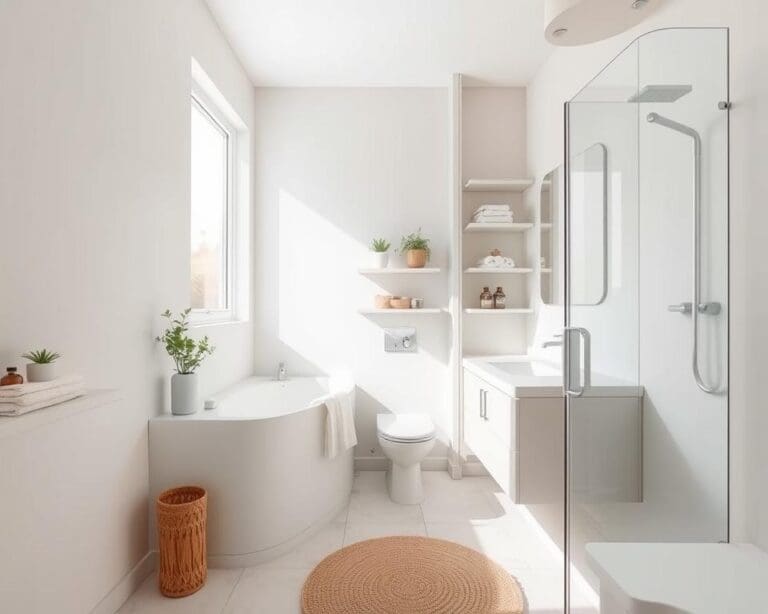As the UK faces the dual challenges of climate change and soaring energy costs, the concept of future-proof homes has never been more relevant. These residences signify a shift towards energy efficiency and sustainable living, making them essential in today’s eco-friendly home design landscape. By integrating innovative technologies and sustainable practices, future-proof homes not only reduce the carbon footprint but also elevate living standards. The rising consumer demand for such solutions showcases a collective commitment to social responsibility and environmental stewardship, paving the way for a brighter, more sustainable future.
The Importance of Energy Efficiency in Home Design
Embracing energy efficiency in home design is crucial for both individual homeowners and the environment. Not only does it contribute to substantial cost savings, but it also enhances environmental sustainability, making homes healthier and more comfortable places to live.
Economic Benefits of Energy Efficiency
One of the most compelling aspects of energy efficiency lies in its economic benefits. Homeowners can experience significant reductions in their energy bills, leading to substantial annual savings. Many energy-efficient homes showcase an impressive 20-30% savings compared to traditional properties. This cost-effectiveness appeals to prospective buyers, creating a market for value-added homes. Energy-efficient designs can boost resale values, making them an attractive investment.
Environmental Impact and Sustainability
Incorporating energy efficiency into home design plays a pivotal role in promoting environmental sustainability. Homes that embrace these principles help lower carbon footprints by reducing energy consumption. With fewer resources needed for heating, cooling, and lighting, these homes contribute to a cleaner environment. By choosing energy-efficient options, homeowners become part of a larger movement towards preserving our planet for future generations.
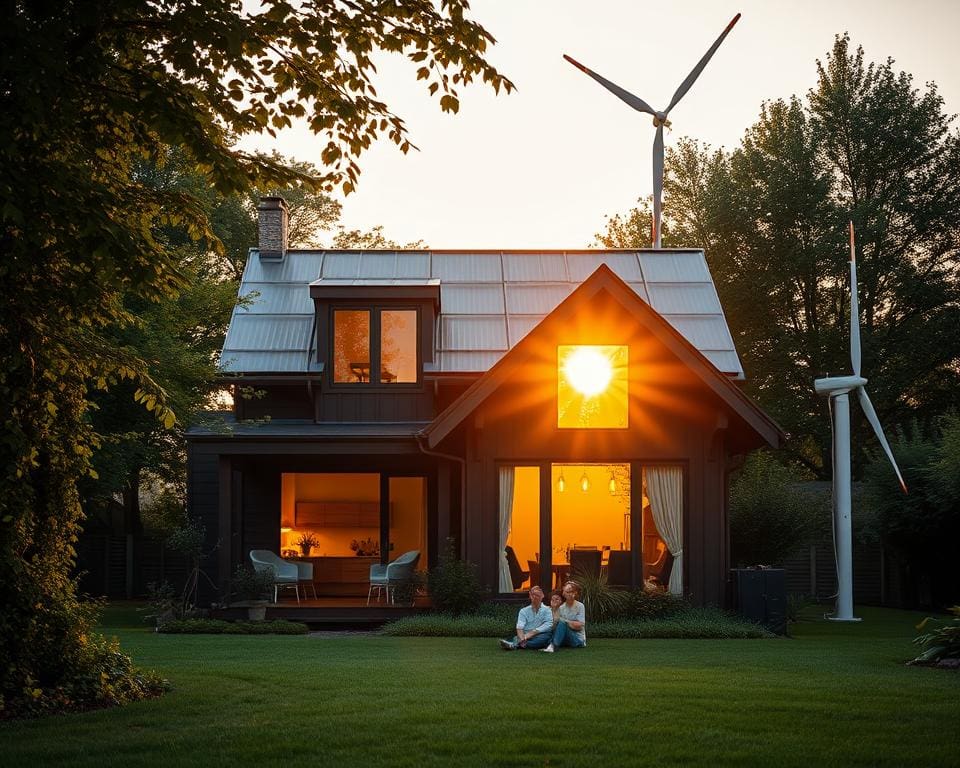
Innovative Technologies for Future-proof Homes
As the landscape of home design evolves, innovative technology plays a crucial role in creating future-proof homes. The integration of smart homes, renewable energy sources, and energy-efficient appliances transforms traditional living spaces into havens of sustainability and comfort.
Smart Home Integration
Smart homes leverage cutting-edge technology to enhance energy management and comfort. Home automation systems allow homeowners to control lighting, heating, and security features remotely. This level of control not only improves convenience but also optimises energy consumption. Systems like Amazon Alexa and Google Home effectively integrate various devices, ensuring seamless management of energy-efficient appliances throughout the house.
Renewable Energy Sources
Incorporating renewable energy into home designs represents a significant step towards sustainability. Solar panels, for example, harness natural sunlight to generate electricity, substantially reducing reliance on fossil fuels. Wind turbines can serve as additional sources for powering smart homes. As nations push for greener energy solutions, the adoption of renewable sources will become increasingly vital to future-proof living.
Energy-efficient Appliances and Fixtures
Energy-efficient appliances stand at the forefront of reducing household energy usage. Brands like Bosch and AEG produce dishwashers and washing machines with excellent energy ratings, minimising electricity and water consumption. Furthermore, installing energy-efficient fixtures, such as LED lighting and low-flow faucets, contributes significantly to reducing carbon footprints while still maintaining modern aesthetics.
Future-proof homes with energy efficiency
Creating homes that are not only sustainable but also energy-efficient involves selecting the right building materials and applying advanced insulation techniques. Such choices significantly impact both the functionality and comfort of a living space, culminating in a design that promotes thermal comfort year-round.
Building Materials and Insulation Techniques
When it comes to building materials, selecting eco-friendly options like reclaimed wood, bamboo, or recycled steel can reduce a home’s environmental footprint. Similarly, using materials that enhance insulation leads to better energy efficiency. Insulation techniques such as cavity wall insulation, spray foam, and cellulose provide excellent thermal resistance, keeping homes warm in winter and cool in summer.
Design Considerations for Thermal Comfort
Designing for thermal comfort means considering factors like natural ventilation, orientation, and space utilisation. Energy-efficient design should integrate large windows for natural light while using thermal mass to maintain ideal indoor temperatures. This holistic approach not only enhances comfort but also contributes to reduced energy consumption.
Government Regulations and Incentives
As the UK continues its commitment to reducing carbon emissions, understanding the framework of government regulations becomes essential for homeowners and builders alike. The UK energy efficiency standards provide a detailed guideline for ensuring homes meet necessary criteria for energy savings. Awareness of these regulations can empower individuals to make informed decisions while contributing to a sustainable future.
Understanding UK Energy Efficiency Standards
The UK energy efficiency standards set forth by the government establish the minimum energy performance required in residential buildings. This framework promotes the construction of homes that are not only environmentally friendly but also economically viable in the long run. Compliance with these standards often involves implementing specific technologies and materials that enhance energy conservation.
Available Grants and Financial Assistance
For those looking to improve their homes’ energy efficiency, various grants and financial assistance options exist. The government offers incentives to facilitate this transition, making it easier for households to adopt greener practices. These government incentives can significantly reduce the overall cost associated with energy-efficient renovations or installations, making it an attractive option for many. Individuals and families should take full advantage of these grants to support their efforts towards a more sustainable lifestyle.
Making the Transition to an Energy-efficient Home
Transitioning to an energy-efficient home is not as daunting as it may seem. Simple changes can set the foundation for a more sustainable lifestyle. Start by swapping traditional bulbs for energy-efficient LED options, which not only consume less energy but also boast a longer lifespan. Additionally, installing smart thermostats allows homeowners to optimise heating and cooling schedules, further decreasing energy consumption.
For those considering more extensive renovations, focusing on eco-friendly homes means integrating renewable energy systems like solar panels. These technologies harness natural resources, providing significant long-term savings while diminishing reliance on non-renewable energy sources. Enhancing insulation through sustainable materials is vital as well, ensuring that homes maintain thermal comfort while utilising energy efficiently.
Homeowners can also take advantage of a variety of sustainable upgrades, such as energy-efficient appliances that consume significantly less energy than their older counterparts. Implementing these renovation tips not only contributes to lowering utility bills but also increases property value in an increasingly eco-conscious market. Embracing these practical steps paves the way for a brighter, greener future.

